- Processors - CPU Organization, instruction, execution, RISC vs. CISC, design principles, paralellism
- Primary Memory - Bits, addresses, byte ordering, error-correcting codes, cache, memory packaging and types
- Secondary Memory - memory hierarchies, magnetic disks, floopy disks, IDE, SCSI, RAID, CD-ROM, CD-R, CD-RW, DVD
- Input/Output - buses, terminals, mice, printers, modems, character codes.

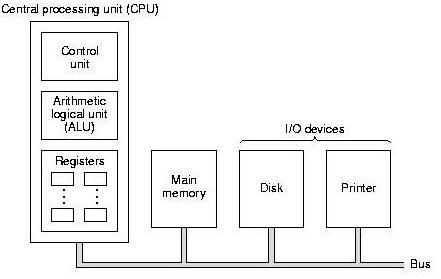
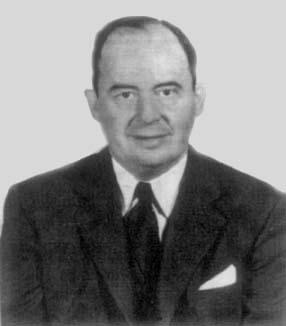
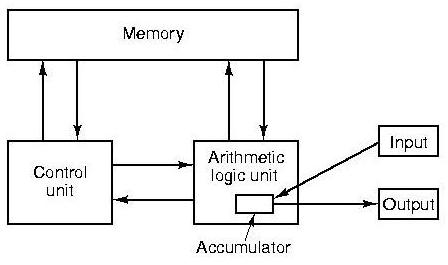
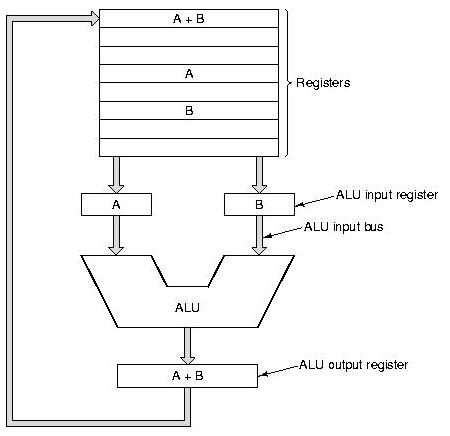
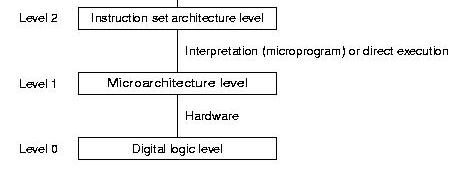
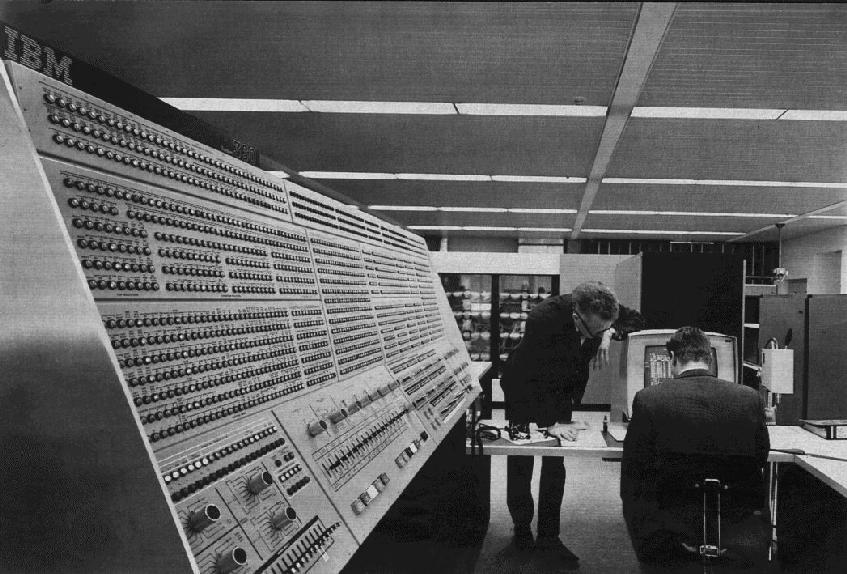
 >
>

